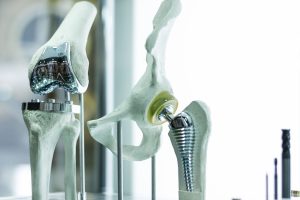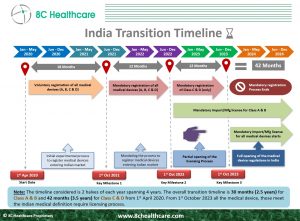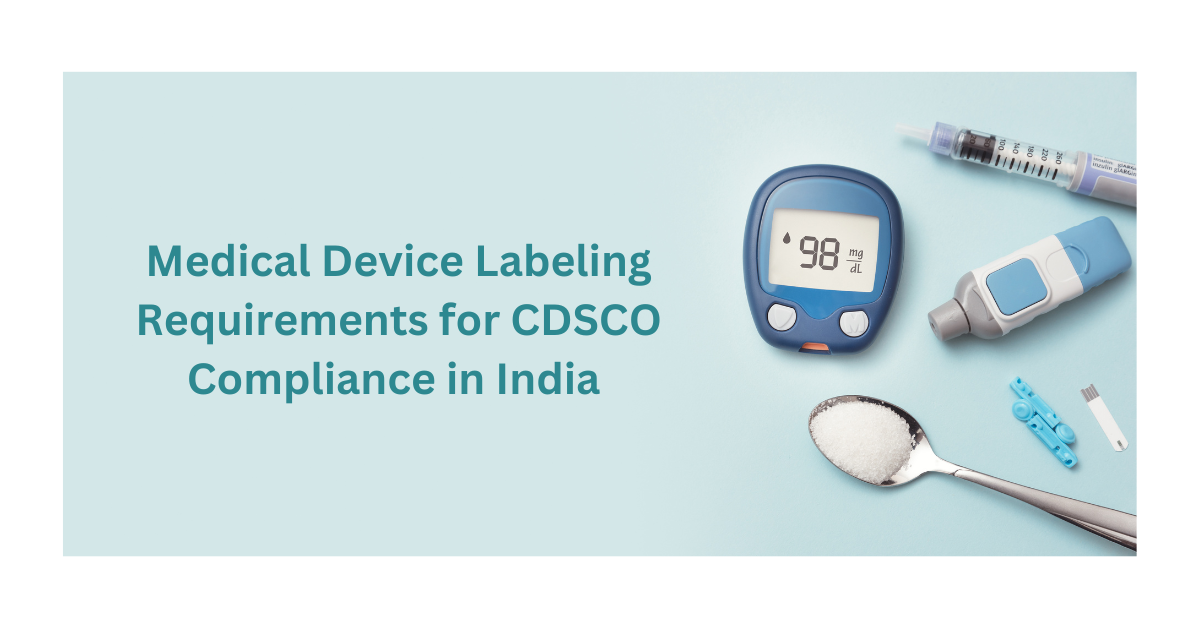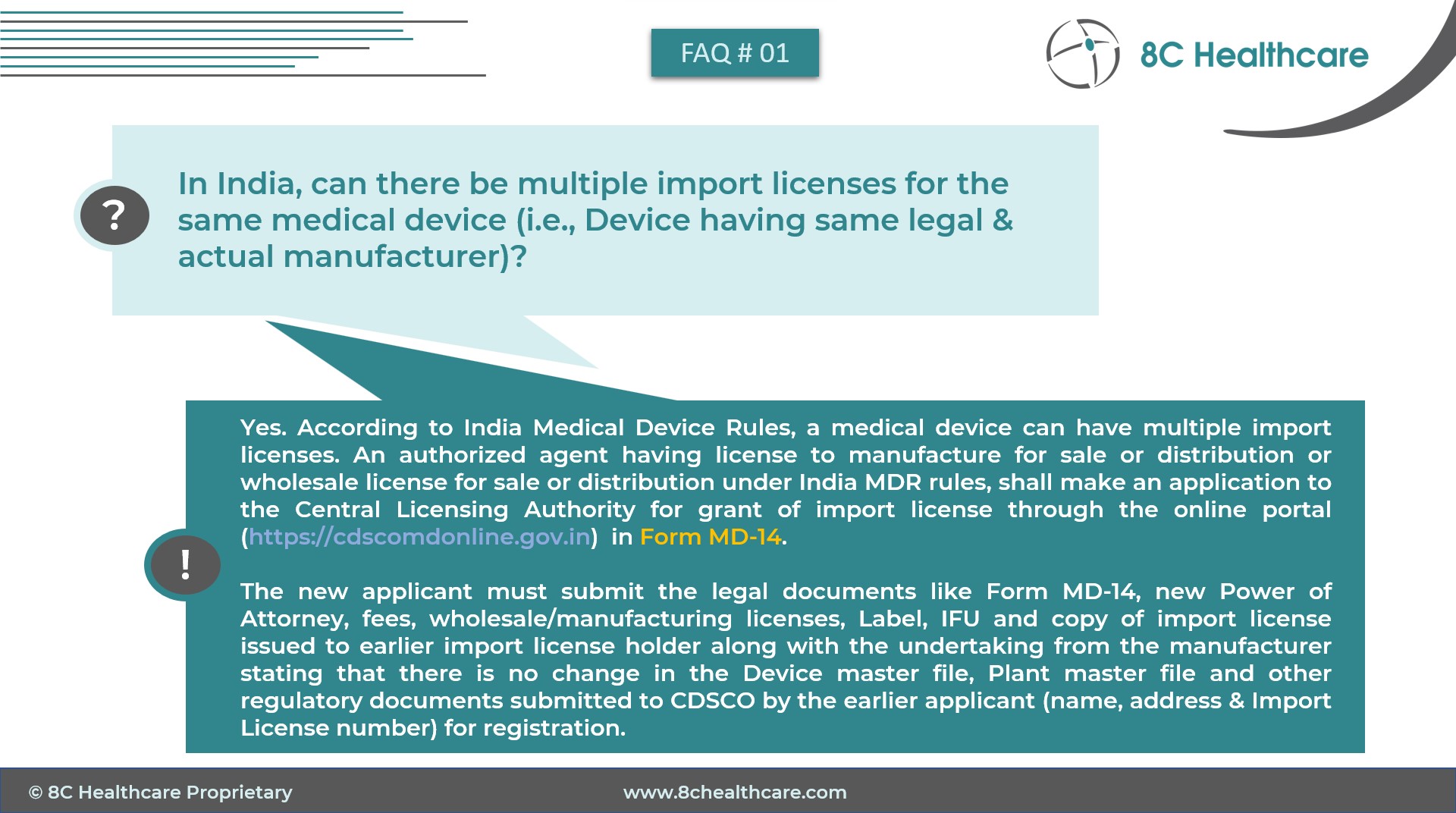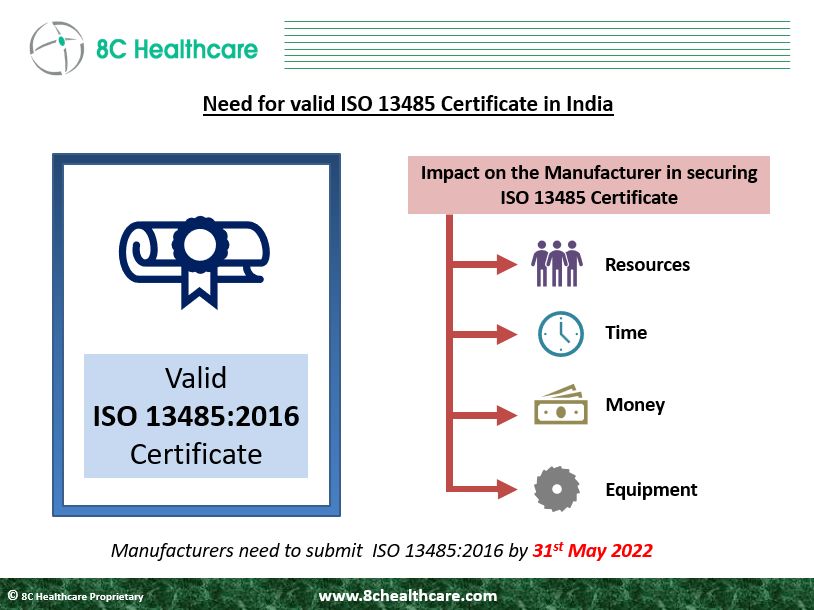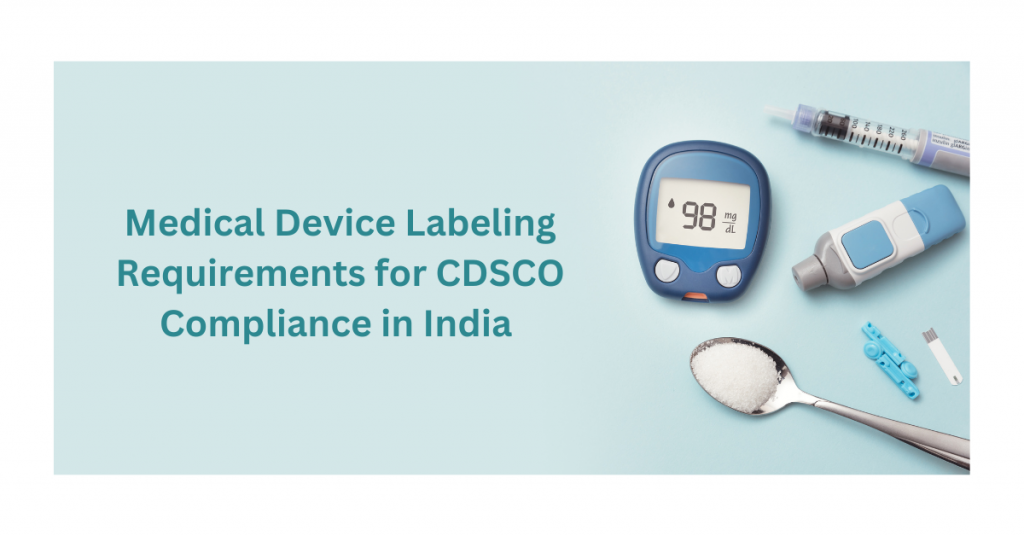
Medical devices are essential tools for healthcare professionals to diagnose, treat, and monitor patients. However, they can also be complex and potentially dangerous if not used correctly. That’s why it’s important for medical device manufacturers to follow strict labelling requirements to ensure that users have the information they need to use the device safely and effectively.
In India, medical device labelling requirements are prescribed in Chapter VI of the Medical Devices Rules, 2017. These requirements are generally aligned with international standards, but there are some specific requirements that are unique to India.
Importance of proper labelling
Proper labelling of medical devices is essential for ensuring their safe and effective use. By providing clear and concise information about the device, its use, and any potential risks, the labelling can help users to avoid errors and make informed decisions about their healthcare.
Medical device manufacturers must ensure that their products comply with all applicable labelling requirements before placing them on the market in India. The CDSCO is responsible for enforcing the labelling requirements and may take action against manufacturers who fail to comply.
General labelling requirements in India
Labelling requires specific details of the medical device to be printed in Indelible Ink either on the label or the shelf pack or on the outer cover of the medical device. All medical devices in India must have the following information on their labels:
- Proper name of the device: This should be the name by which the device is commonly known and used.
- Information essential for the user to identify the device and its use: This may include the device’s model number, serial number, and intended purpose.
- Name of the manufacturer and address of the manufacturing premises: This information is important in case the user has any questions or problems with the device.
- Net quantity in terms of weight, measure, volume, number of units, and the number of the devices contained in the package: This information is important for ensuring that the user receives the correct amount of the device.
- Date of manufacture and date of expiry (or shelf life): This information is important for ensuring that the device is safe to use. (alternately the label shall bear the shelf life of the product):
- In case of sterile devices, the date of sterilization can be given as date of manufacture of the device.
- If the device is made up of stable materials such as stainless steel or titanium, and supplied non-sterile or in case of medical equipment or instruments or apparatus, the date of expiry may not be necessary.
- The date of expiry shall be in terms of the month and the year and it shall mean that the medical device is recommended till the last day of the month and the date of expiry shall be preceded by the words “Expiry date” or “Shelf Life”.
- Indication that the device contains medicinal or biological substance (if applicable): This information is important for users who may have allergies or sensitivities to certain substances.
- Any special storage or handling conditions applicable to the device.
- If the device is supplied as a sterile product, its sterile state and the sterilisation method.
- Warnings or precautions to draw the attention of the user of medical device.
- If the device is intended for single use.
- To overprint on the label of the device, the words “Physician’s Sample—Not to be sold”, if a medical device is intended for distribution to the medical professional as a free sample;
Specific labelling requirements in India
In addition to the general labelling requirements, medical devices in India must also have the following information on their labels:
- Device registration number: This is the number that is assigned to the device when it is registered with the Central Drugs Standard Control Organisation (CDSCO). The manufacturing licence number by preceding the words “Manufacturing Licence Number” or “Mfg. Lic. No.” or “M. L” for devices Manufactured in India and “Import License number” or “Imp. Lic. No.” or “I. L” for devices Imported into India.
- Contact specifics of the initial importer (if applicable): This information is important for users who may have questions or problems with the device and need to contact the importer. the import licence number, name and address of the importer, address of the actual manufacturing premises and the date of manufacture, in case of imported devices, by way of stickering, where such details are not already printed.
- Local customer care contact telephone number: This information is important for users who need to contact the manufacturer or importer for assistance.
- Batch/lot number:This number is used to track and identify batches of devices in the event of a recall or other quality issue. a distinctive batch number or lot number preceded by the word “Lot No.” or “Lot” or “Batch No.” or “B. No.”;
Device Specific labelling requirements
In addition to the general labelling requirements, certain medical devices may also be subject to specific labelling requirements. For example, implantable devices must be labelled with the implantation date and Name and address of the surgeon who implanted the device
The label may bear symbols recognised by the Bureau of Indian Standards (BIS) or International Organisation for Standardisation (ISO) in lieu of the text and the device safety is not compromised by a lack of understanding on the part of the user, in case the meaning of the symbol is not obvious to the device user;
The Instructions for Use (either paper or electronic) need to be accompanied along with the label of the Medical Device, as applicable.
Electronic labelling
The CDSCO has allowed the use electronic labelling for medical devices since January 2019. This means that the required information can be provided in electronic format, such as downloadable PDF file or website. However, the manufacturer must also provide a paper copy of the instructions for use (IFU) if requested by the user.
Tips for complying with the labelling requirements
Here are some tips for complying with the labelling requirements for medical devices in India:
- Make sure that the label is clear, easy to read, and in English.
- Include all of the required information on the label, as well as any other information that may be relevant to the safe and effective use of the device.
- If you are using electronic labelling, make sure that it is accessible to all users, including those who may not have access to the internet or who may have difficulty reading small screens.
- Keep your labelling up to date, and make sure that it reflects any changes to the device or its use.
- Use clear and concise language in all labelling.
- Avoid using jargon and technical terms that users may not understand.
- Use a font size that is easy to read.
- Use high-quality materials for the label so that it is durable and does not fade.
- Have your labelling reviewed by a qualified person to ensure that it complies with all applicable requirements.
By following the labelling requirements for medical devices in India, manufacturers can help to ensure the safe and effective use of their products. This is essential for protecting the health and safety of patients and users.
Medical device labelling requirements in India are designed to ensure that users have the information they need to use medical devices safely and effectively. By following these requirements, medical device manufacturers can help to protect patients and healthcare professionals.






